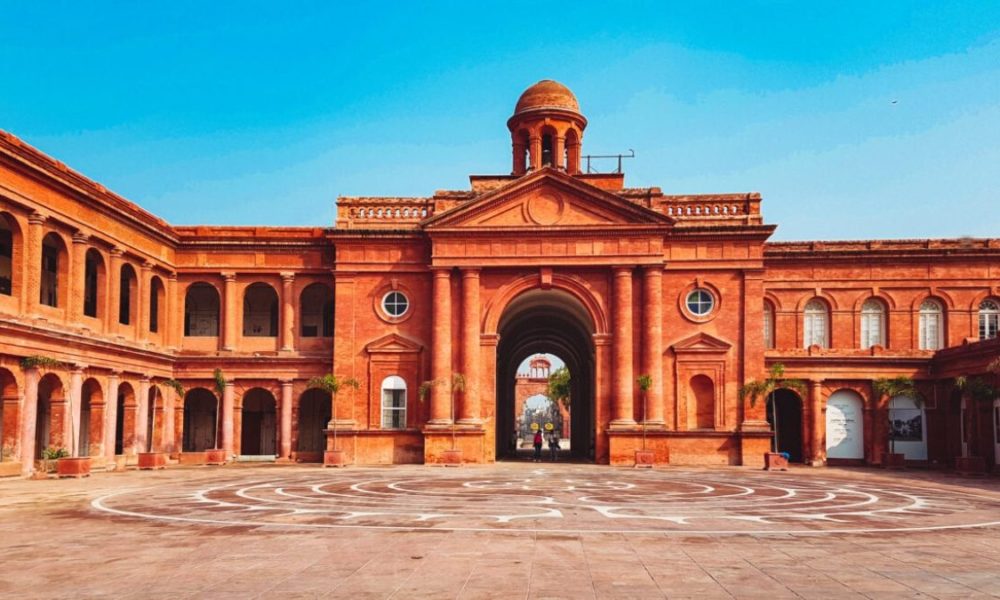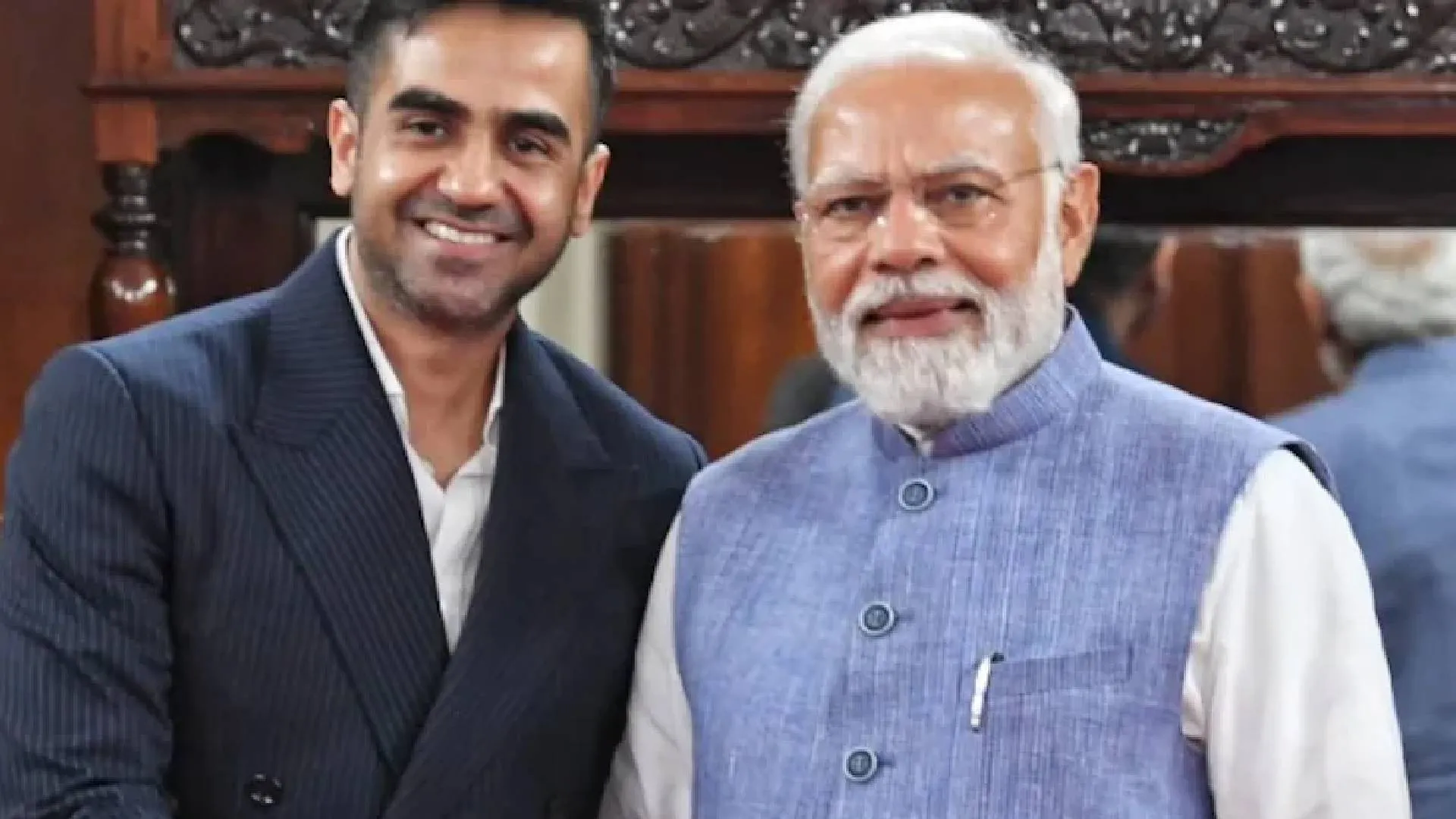The Covid-19 pandemic has wreaked havoc on the art world globally and its Indian counterpart is no different. In a scenario of doom and gloom, art curators and museums paint a bleak picture for the future. While going online may have helped them gain “visibility”, the sales haven’t really picked up. Speaking to The Daily Guardian, Adil H. Jahangir of Jahangir Museum said, “The gallery had to close down but we were optimistic that we would open the gallery in April or early May, but that did not happen. We will wait for directions from the government.
On an average we see 2,000 visitors a day therefore, we have to be very careful about what happens.” In these challenging times, most curators are facing the tough task of monetising through their paradigm shift on digital platforms. “We have been using the Internet before also for spreading paintings worldwide. It’s a very forward way of looking at things.
For some time, people might like seeing things on the Net. The only concern is when it comes to buying art. Especially high-end paintings which people like to see themselves physically. When you are spending that kind of money, you like to get a touch and feel of things — something we need to figure out,” said art curator Alka Raghuvanshi. Mallika Ahluwalia, director and curator, Partition Museum, said that people not being able to visit museums is very saddening.
“It has been two months since nobody has been able to come to the museum. We are doing a digital push and engaging school children. It’s very different and the power of the physical space is very important for a museum,” she said. The lockdown has forced many curators to cancel their exhibitions, shows, gatherings, thus increasing their financial burden. Freelance curator Akshat Sinha, too, had to cancel all his shows.
“People are looking at digital art now. But museums carry a lot of nostalgia; they need to be seen and explored unclosed,” he said. Most museums are going online, giving virtual tours, providing 3D visualisations to the audiences for an enhanced experience during this time. Tejas Garge, director of the Directorate of Archaeology Museums, said, “Before all of this, we were working on an application called the Maya Museum to provide information, approach, timing and collections. We are also adding virtual touring and 3D images and features. This is all to get a bigger and larger audience so that people are still interacting.” Copy: Meenakshi Upreti






















